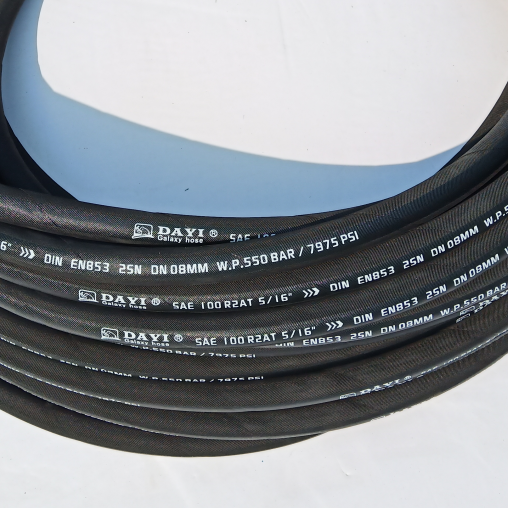335345435
Sep . 23, 2024 07:20 Back to list
hydraulic hose female fitting
Understanding Hydraulic Hose Female Fittings
Hydraulic hose systems are essential in various industrial applications, from construction machinery to manufacturing equipment. At the core of these systems are connectors that facilitate the secure and efficient transfer of hydraulic fluids. Among these connectors, the hydraulic hose female fitting stands out as a critical component.
A hydraulic hose female fitting is designed to connect with a corresponding male fitting, creating a reliable and leak-proof connection that withstands high pressure levels. These fittings are typically constructed from durable materials such as steel or brass, ensuring longevity and resistance to corrosion. Their robust design is essential because hydraulic systems often operate under extreme conditions, including high temperatures and pressure fluctuations.
The female fittings come in various shapes and sizes to accommodate different types of hoses and connection requirements. Common types include straight fittings, elbow fittings, and swivel fittings. Straight fittings provide a direct connection, while elbow fittings allow for directional changes in the hose routing, making them crucial in compact or intricate system layouts. Swivel fittings, on the other hand, enable flexibility in the connection, allowing the hose to be adjusted without twisting or kinking, which can lead to premature wear.
hydraulic hose female fitting

One of the critical aspects of hydraulic hose female fittings is the thread type used for connection. Standard thread types include NPT (National Pipe Thread), JIC (Joint Industry Council), and BSP (British Standard Pipe). Each thread type has its specifications and applications, and selecting the correct type ensures compatibility with the corresponding male fitting and overall system integrity.
When choosing hydraulic hose female fittings, it is essential to consider the operating environment and the specific requirements of the hydraulic system. Factors such as fluid type, temperature, and pressure rating play a significant role in selecting the appropriate fitting. Additionally, the hose's diameter and compatibility with other system components must be factored in to prevent failures.
Proper installation of hydraulic hose female fittings is crucial for optimal performance. Incorrect installation can lead to leaks, which not only jeopardize the efficiency of the system but also pose safety hazards. It is advisable to follow manufacturer guidelines and industry best practices during installation and maintenance.
In summary, hydraulic hose female fittings are vital components in hydraulic systems, ensuring safe and efficient fluid transfer. By understanding their types, materials, and installation requirements, users can make informed choices that enhance system reliability and performance. Whether in construction, agriculture, or manufacturing, investing in quality fittings is an investment in safety and efficiency.
-
SAE 100 R17 Black Smooth Cover Hydraulic Hose
NewsMar.07,2025
-
SAE 100 R17 Black Smooth Cover Hydraulic Hose
NewsMar.07,2025
-
SAE 100 R17 Black Smooth Cover Hydraulic Hose
NewsMar.07,2025
-
SAE 100 R17 Black Smooth Cover Hydraulic Hose
NewsMar.07,2025
-
SAE 100 R17 Black Smooth Cover Hydraulic Hose
NewsMar.07,2025
-
steel wire braided hydraulic hose
NewsMar.07,2025



